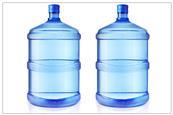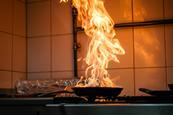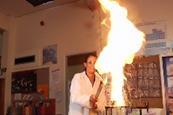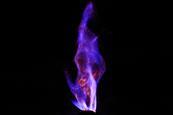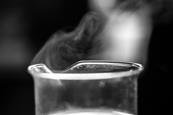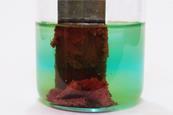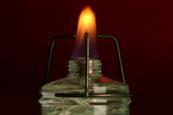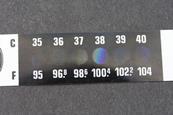- Home
- I am a …
- Resources
- Collections
- Remote teaching support
- Starters for ten
- Screen experiments
- Assessment for learning
- Microscale chemistry
- Faces of chemistry
- Classic chemistry experiments
- Nuffield practical collection
- Anecdotes for chemistry teachers
- Literacy in science teaching
- More …
- Climate change and sustainability
- Alchemy
- On this day in chemistry
- Global experiments
- PhET interactive simulations
- Chemistry vignettes
- Context and problem based learning
- Journal of the month
- Chemistry and art
- Classic chemistry demonstrations
- In search of solutions
- In search of more solutions
- Creative problem-solving in chemistry
- Solar spark
- Chemistry for non-specialists
- Health and safety in higher education
- Analytical chemistry introductions
- Exhibition chemistry
- Introductory maths for higher education
- Commercial skills for chemists
- Kitchen chemistry
- Journals how to guides
- Chemistry in health
- Chemistry in sport
- Chemistry in your cupboard
- Chocolate chemistry
- Adnoddau addysgu cemeg Cymraeg
- The chemistry of fireworks
- Festive chemistry
- Collections
- Education in Chemistry
- Teach Chemistry
- Events
- Teacher PD
- Enrichment
- Our work
- More navigation items
Energy and change
Classroom resources featuring activities from our Energy and Change professional development course for teachers
This collection is most valuable to those who have attended this course and wish to put into practice with their students some of the ideas and activities presented as part of that event. Please note that this list is not exhaustive; not all trainer activities have a corresponding classroom resource. In some circumstances there is variation between the training resource and classroom resource.
Beyond Appearances: Students misconceptions about basic chemical ideas
Reviews of research on students’ misconceptions in conceptual areas of chemistry. Misconceptions are described and discussed, together with indications of their origins.
Exploding soap bubbles
Soap bubbles containing a mixture of oxygen and methane can be used to produce spectacular explosions and impressive shock-waves that will always please
The ‘whoosh’ bottle demonstration
This exciting demonstration is a combustion reaction where a mixture of alcohol and air in a large bottle is ignited. Includes kit list and safety instructions.
Fat-pan fires and the conditions for combustion
Use this demonstration to illustrate the conditions required to start combustion, and how to put out a pan fire safely. Includes kit list and safety instructions.
Chip pan fire demonstration
A video and teacher notes demonstrating the dangers of adding water to a fat fire.
A spontaneous exothermic reaction
Illustrate the reaction between glycerol and potassium manganate(VII) to produce flames and steam in this demonstration. Includes kit list and safety instructions.
Endothermic solid–solid reactions
Observe an endothermic reaction between two solids in this demonstration or class experiment. Includes kit list and safety instructions.
Exothermic or endothermic? Classifying reactions
Decide whether various reactions are exothermic or endothermic by measuring temperature change in this practical. Includes kit list and safety instructions.
Exothermic metal displacement reactions
Try this class experiment to explore what happens when different metals are added to a copper(II) sulfate solution. Includes kit list and safety instructions.
Measure enthalpy changes
Probe your students’ understanding of this fundamental concept and reflect on your demonstrations with our practical tips
Comparing heat energy from burning alcohols
Investigate the amounts of heat energy produced by the combustion of different alcohols in this class experiment. Includes kit list and safety instructions.
Energy changes in neutralisation
Study energy changes in two chemical reactions using thermometer strips to measure temperature in this experiment. Includes kit list and safety instructions.














